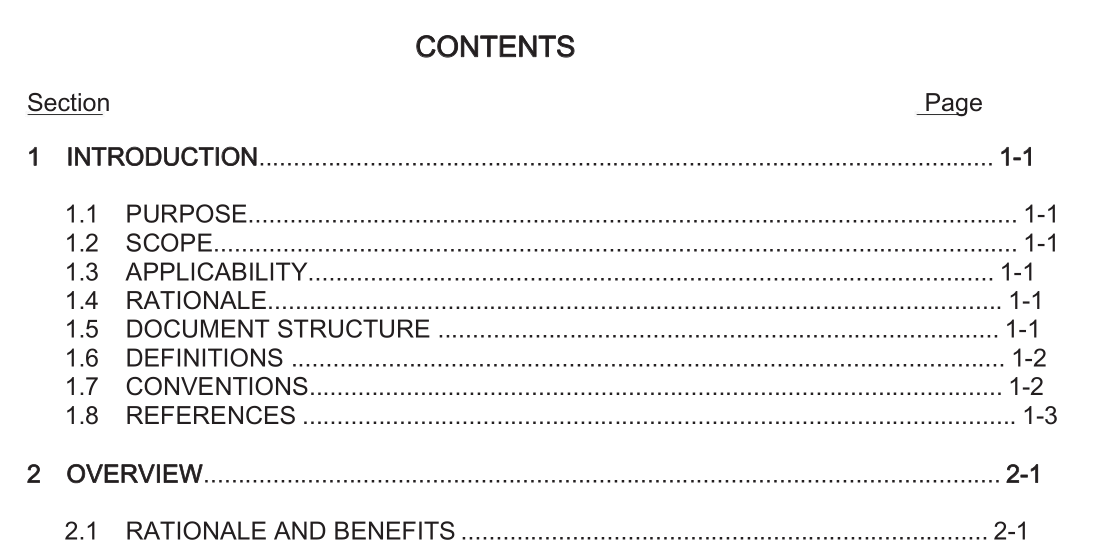BS ISO 20205:2015 pdf download.Space data and information transfer systems — Spacecraft Onboard Interface Systems — Low Data- Rate Wireless Communications for Spacecraft Monitoring and Control
2 OVERVIEW
2.1 RATIONALE AND BENEFITS
Monitoring and controlling the behavior of a spacecraft and launch systems, during testing phases on ground or during nominal operations in orbit, is the key to ensuring the correct functioning of various onboard systems and structures, the responses of these systems in their operational working environments, and the long-term reliability of the spacecraft. These data are also highly significant when compiling lessons learned that will be applied to building better space systems and increasing the reliability of future space components. (Refer to reference [3] for a comprehensive overview of application domains and for a detailed summary of RF communications and restrictions in differing operational environments.) The quantity of acquired spacecraft functional data depends on the ability to monitor required parameters at precise locations within a given project time and cost envelope. Hundreds and often thousands of data measurement locations are required, steadily increasing the mass (acquisition systems, cables, and harnesses) and the project costs and time (installation and verification of each new sensor).
The use of wireless technologies is foreseen to reduce the integration effort, cost, and time typically required to instrument a high number of physical measurement points on a space structure. Technicians should need less time to integrate and verify their installations, while the risk of mechanically damaging interfaces during the process should be reduced. Large structures should see health monitoring equipment mass reduced, while last-minute changes in the instrumentation (e.g., addition/removal of sensing nodes at measurement points) should be easier to accept at project level. One of the byproducts of using wireless technologies in space systems is the extra flexibility introduced when implementing wireless fault-tolerance and redundancy schemes. An overriding consideration in this document is the desire to provide recommendations that utilize wireless technology to augment the overall networking infrastructure in a spacecraft rather than to provide dedicated data transport to particular end-to-end application-specific subsystems. That is, although the recommendations specified in this document are related to relatively small-scale Personal Area Networks (PANs) rather the more familiar Local Area Networks (LANs) such as Ethernet, the desire is for wireless PANs to function as natural extensions of the backbone LAN. This implies in particular that the recommendations specified herein focus on providing wireless data transport across the lower levels of the OSI model (PHY and MAC) and not on achieving higher-level application-specific behavior.
BS ISO 20205:2015 pdf download
